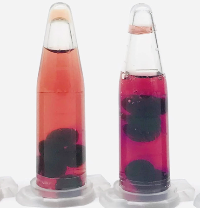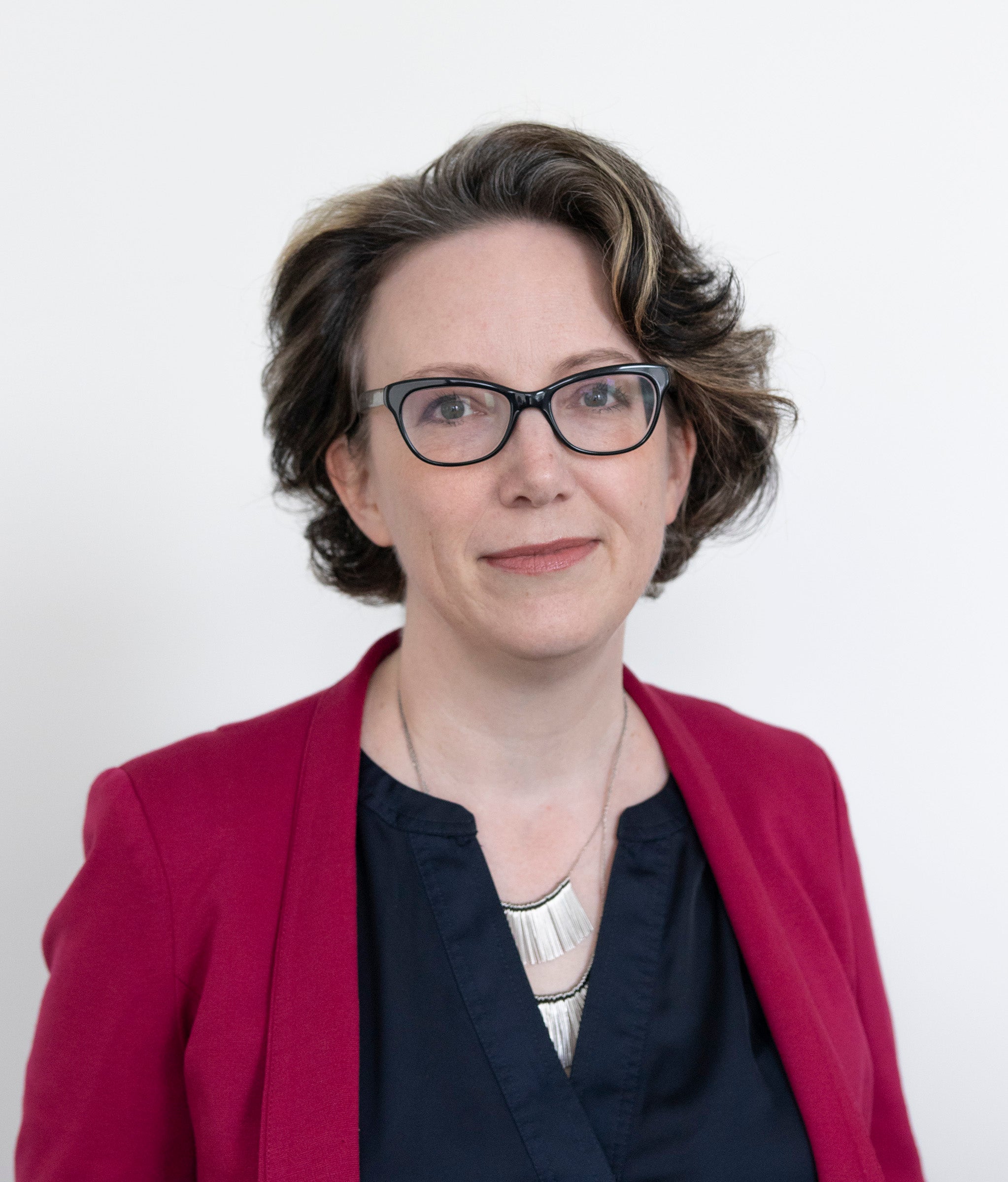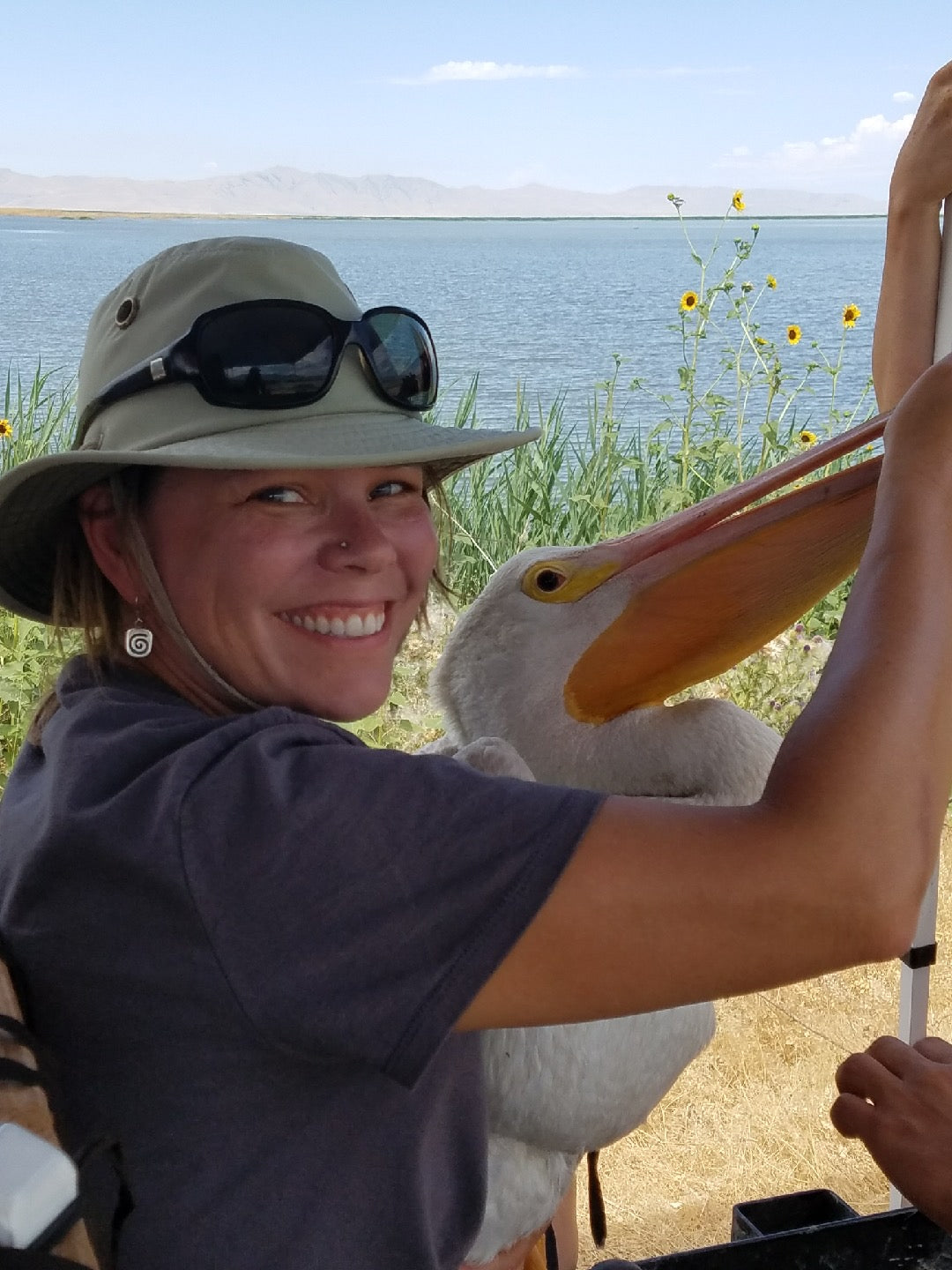News
- All
- algae
- algae biofuel
- algae bloom
- algae culture kit
- alkali water
- arthrospira
- can you eat fresh algae?
- carbon dioxide
- climate change
- International space station
- ionized water
- Kangen water
- Lipid extraction
- Micro Marine Maintenance
- Microplastics
- oil spill
- phosphate
- Photosynthesis
- pigment extraction
- Porphose
- research projects
- Science Blog
- science fair
- secchi disk
- space algae
- Spirulina
- toxic algae
- voucher
Some of our California Neighbors made some versions of our algae bead labs for their middle school students. They offered to share them here: *Be a cool human rules apply: cite them/us, no profit made from repackaging lessons, all the standard copyright...
Our Interview with Harris Muhlstein
Our Interview with Harris Muhlstein We all know that children are the future of our planet -- our future doctors, scientists, teachers, and researchers. With this in mind, Algae Research Supply is honored to have recently interviewed Harris Muhlstein, the...
Our Interview with Dr. Jennifer Willet
Art and science intersect more often than you might think. Art is a way to express the prowess and beauty of science in a creative way that is accessible for everyone to enjoy. Recently, Algae Research and Supply had the...
Our Interview with Jaimi Butler of the Great Salt Lake Institute!
Last week, Algae Research Supply had the honor of interviewing Jaimi Butler, Coordinator of the Great Salt Lake Institute in Utah. The Great Salt Lake Institute has been around for over 12 years, and is funded through a Westminster College...
Algae Research Supply came across a very creative way to use algae - Chlorella Vulgaris, in particular. Apparently, you can use the algae to make photographs! The process was first investigated by French artist Lia Giraud about 10 years ago,...
Bored at home? Make your time at home more colorful with our test tube kits! Click here to buy now! Our test tube kits are the perfect way to spend a day at home. Our starter test tube kit...
Tap water alkaline water maker
Hello and good day! I have two very happy spirulina cultures from you and had a growing question. I have access to a kangen machine that I can dial in the pH of the water. If I use the kangen...
Our Interview with Christopher Scianni
We interviewed Christopher Scianni, an environmental scientist supervisor who works in understanding how invasive species travel around the world through maritime ships. He researches how current shipping technology and practices spread non native species around the globe- and how to...
Sustainable T Shirts Made from Wood and Algae
Vollebak, a London- based startup, has started to create t shirts out of wood pulp and dyeing them with algae pigment. The shirts are compostable, so at the end of their life owners can bury the shirts in their backyard...








